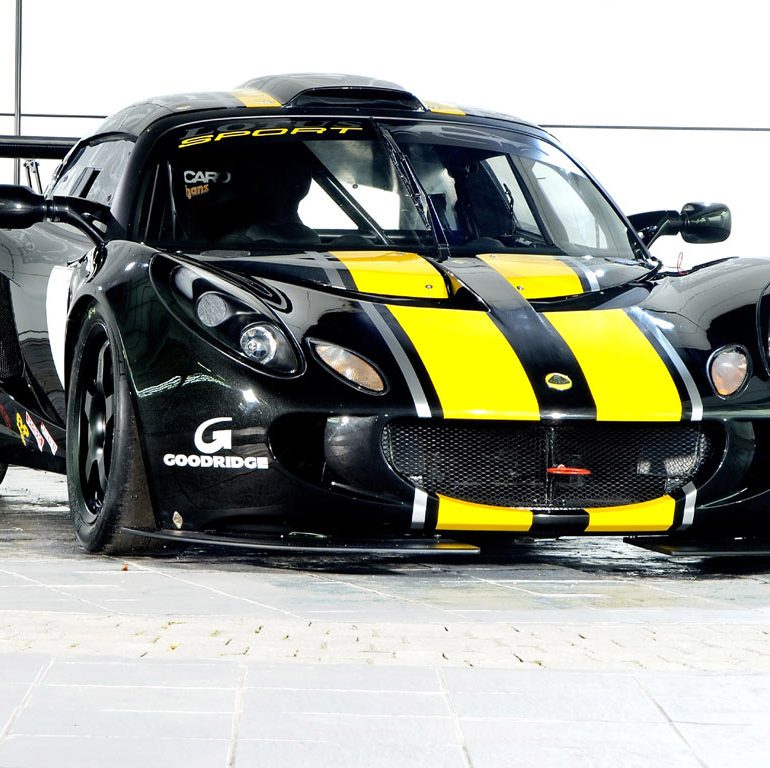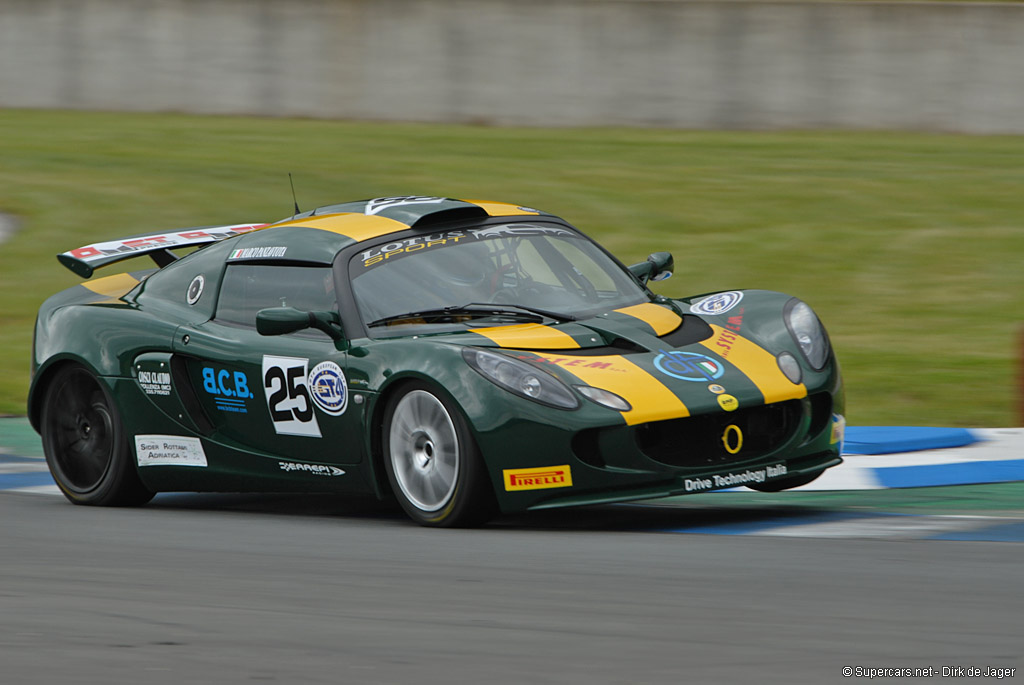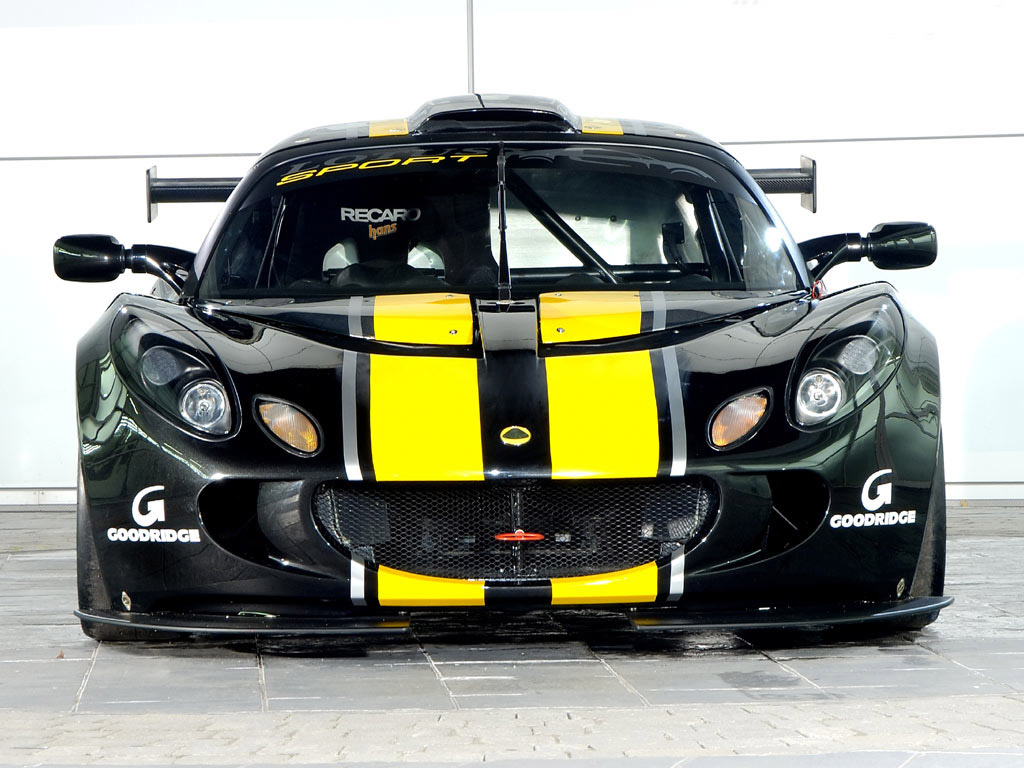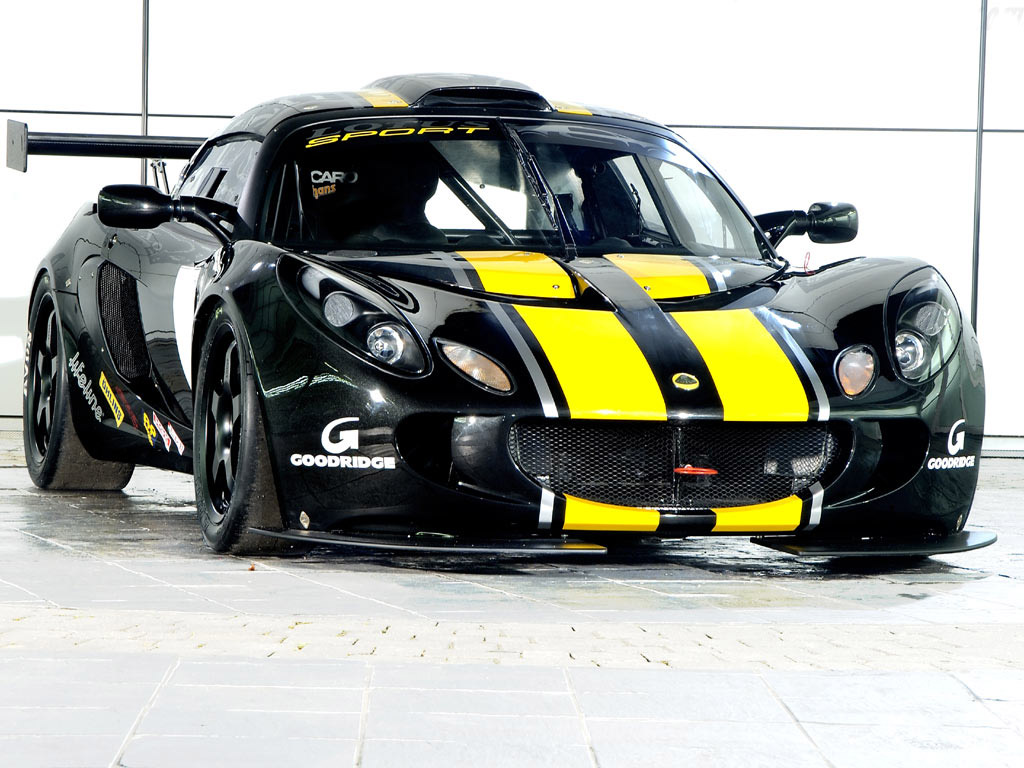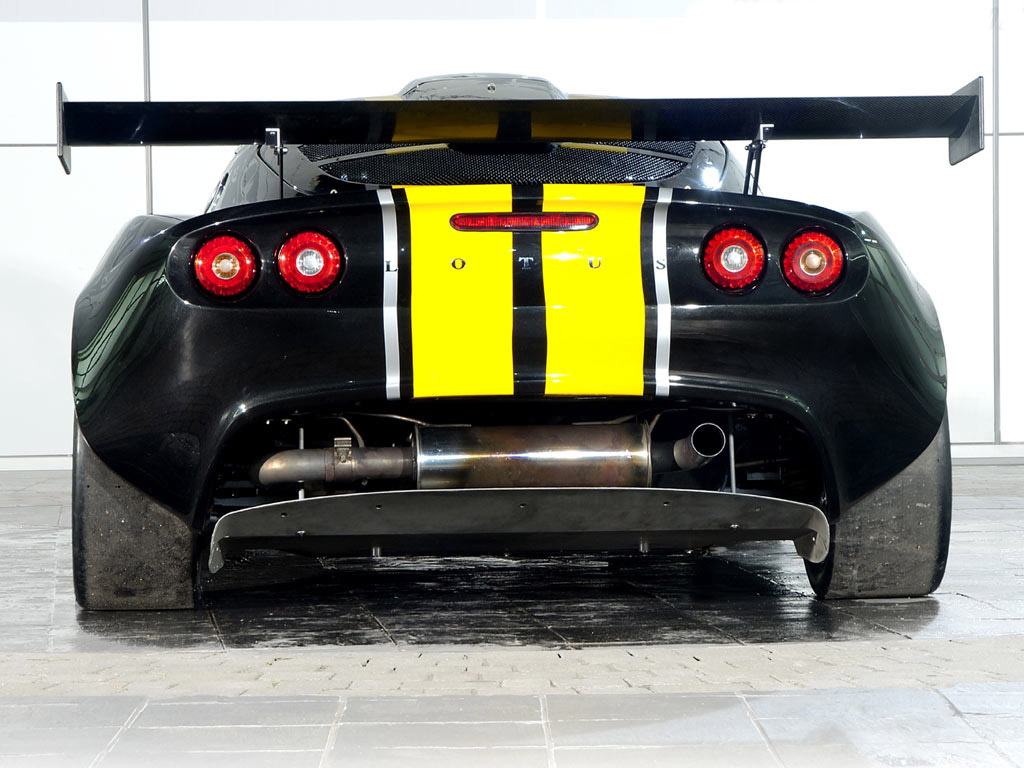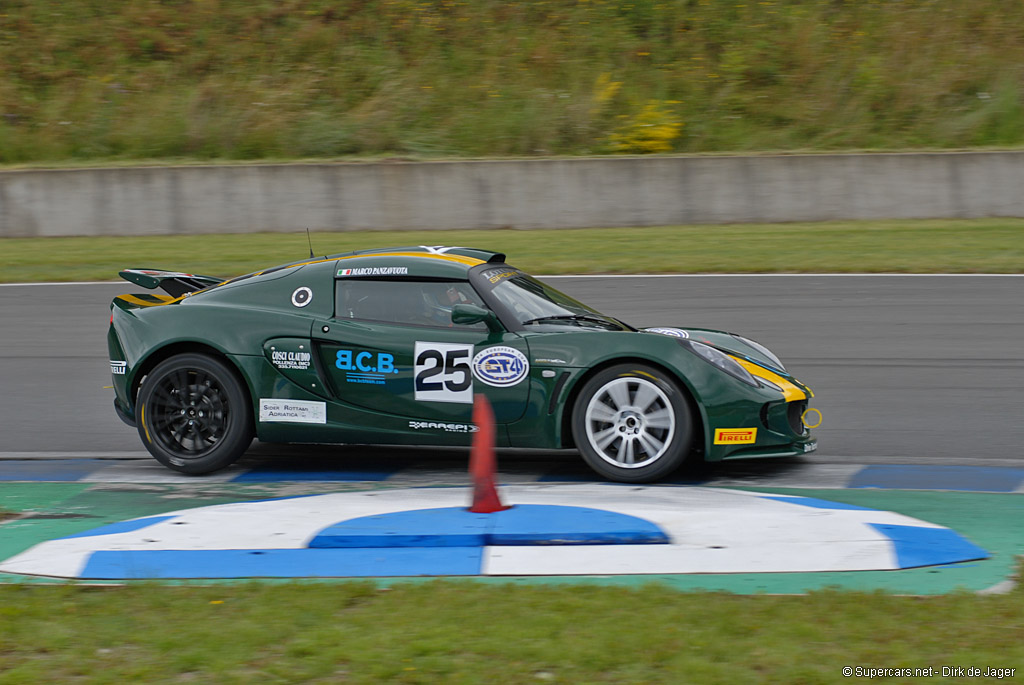2006 Lotus Sport Exige GT3
A prototype of the Lotus Sport Exige GT3 race car was unveiled at the annual FIA GT Championship presentation ceremony outside the world famous Casino in Monte Carlo, Monaco on 02 December, 2005. The following day (03 December 2005), the first test for the car took place at the high speed Paul Ricard High Tech Test Track in Southern France under FIA supervision, the first stage in the Lotus Sport Exige GT3 becoming eligible for FIA GT3 competition. This latest FIA series, which will start in 2006, is for race cars that have an equal power to weight, and that have a direct lineage to their road going versions.
The Lotus Sport Exige GT3 entrant has been developed by Lotus Sport, the performance arm of Lotus Cars and is a derivative of the standard Lotus Exige coupe model. Weighing in at approximately 750 kg, it stays true to the ”performance through light weight” core Lotus philosophy. The car uses a race prepared 1.8 2ZZ-GE VVTL-i engine with a Roots type supercharger and air to air intercooler which utilises the Lotus T4e Engine Control Unit to produce 285 hp at 7,800 rpm. This gives an impressive power to weight ratio of 380 hp / tonne or 2.6 kg / PS.
Related: Lotus Race Car List / Lotus Current Lineup / All Lotus Models / Lotus News
Following a brief shakedown programme at the Lotus Test Track at Hethel, factory test driver Gavan Kershaw carried out final chassis set up work on wet tyres in the morning session at the Paul Ricard official FIA test. This was followed by an outing on slick tyres on a drying track by FIA nominated test driver Christophe Bouchut.
The FIA has announced a five race European championship for the new GT3 class with rounds in the UK, Germany, Belgium, France and Italy. Various national GT Championships are also considering amending their regulations to include a GT3 class.
Like the standard Exige, the Lotus Sport Exige GT3 comes complete with the award-winning light weight bonded aluminium chassis. This is complemented by low weight 5-spoke forged alloy wheels, carbon body panels, and a revised high downforce aerodynamic package incorporating a race front splitter and adjustable carbon fibre rear wing.
An FIA 6-point roll cage, ignition kill switches, and uprated braking and suspension systems including Ohlins 3-way adjustable dampers also feature on the new race car. A 6-speed sequential transmission system, and full data logging system have been fitted to the single-seater prototype vehicle.
In Detail
| submitted by | Richard Owen |
| engine | Toyota 2ZZ-GE Straight 4 |
| position | Transverse, Mid Engine |
| aspiration | Roots-type Supercharger |
| valvetrain | DOHC, 4 Valves per Cylinder |
| fuel feed | Fuel Injection |
| displacement | 1796 cc / 109.6 in³ |
| bore | 82 mm / 3.23 in |
| stroke | 85 mm / 3.35 in |
| power | 212.5 kw / 285 bhp @ 7800 rpm |
| specific output | 158.69 bhp per litre |
| bhp/weight | 380.0 bhp per tonne |
| body / frame | Carbon Fibre Body over Aluminium Extruded & Bonded Chassis w/Rear Subframe & FIA 6-point Roll Cage |
| driven wheels | RWD w/Limited Slip Differential |
| f brake size | mm / in |
| r brake size | mm / in |
| steering | Rack & Pinion |
| f suspension | Unequal Wishbones w/Coil-Over Ohlins 3-way adjustable dampers, Adj Anti-Roll Bar |
| r suspension | Unequal Wishbones w/Bilstein Gas Dampers, Eibach Coil Springs over Ohlins 3-way adjustable dampers, Adj Anti-Roll Bar |
| curb weight | 750 kg / 1653 lbs |
| transmission | 6-Speed Sequential |
| gear ratios | 3.00:1, 2.20:1, 1.66:1, 1.30:1, 1.08:1, 0.92:1, :1 |


